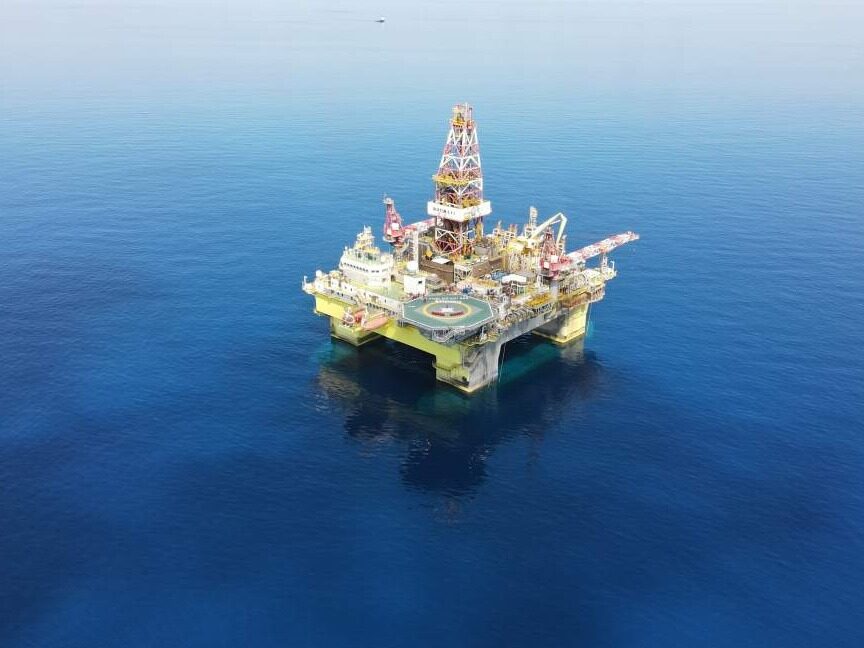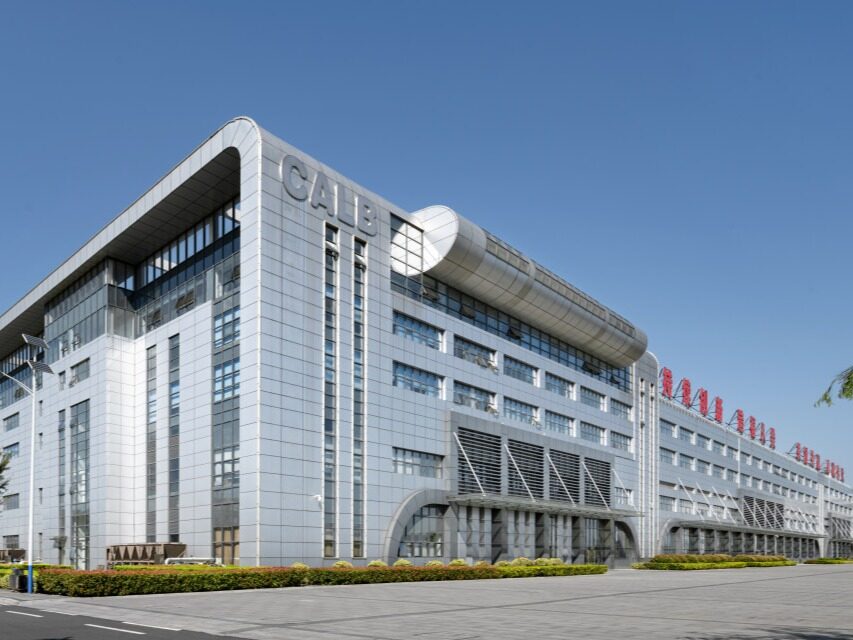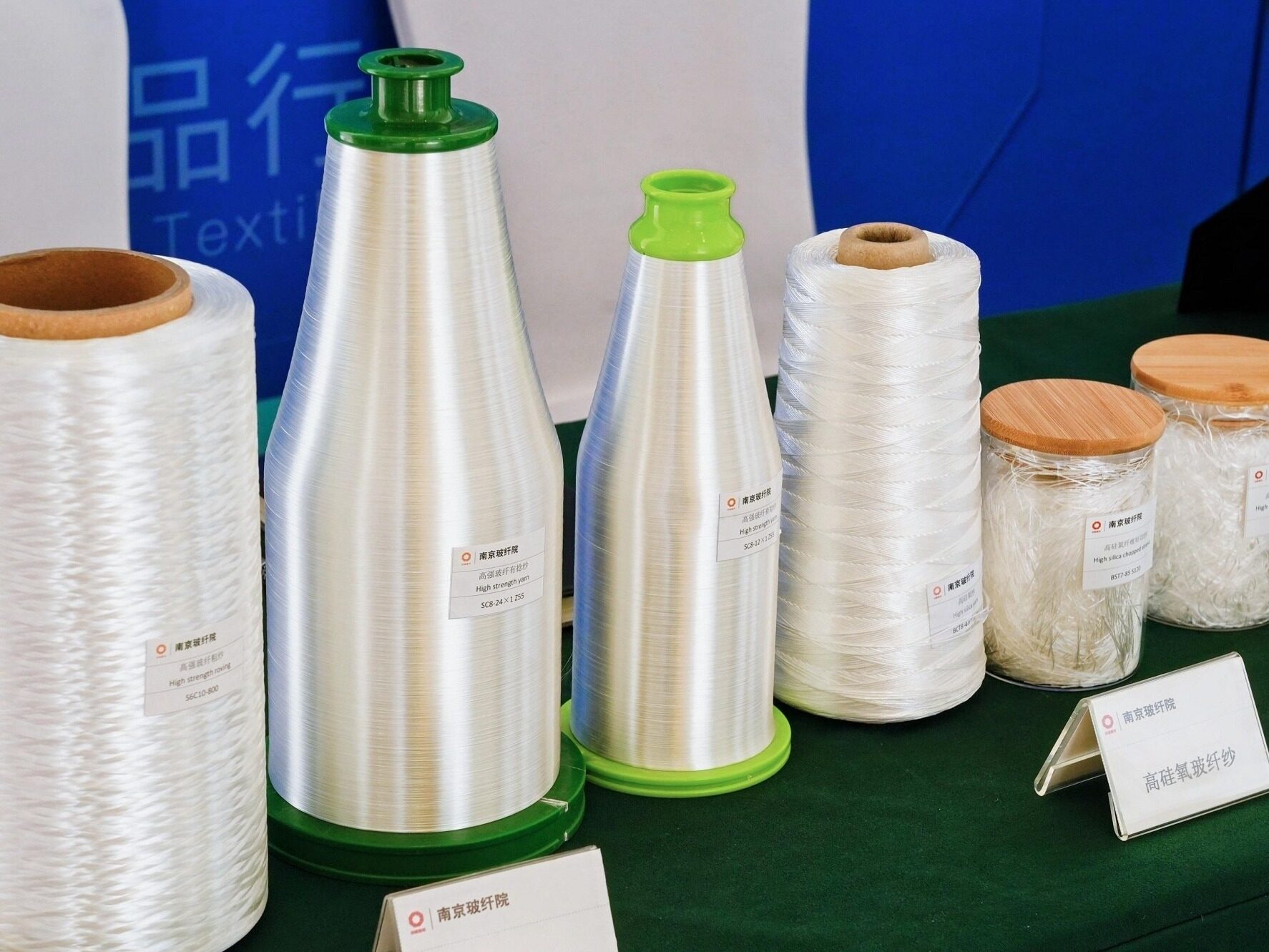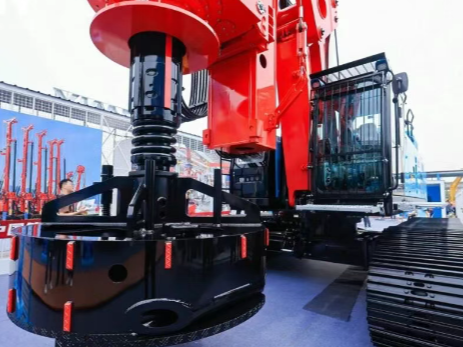- China successfully overcomes three core technologies in the shipbuilding industry

At a press conference held by the State Council Information Office on July 9th, the National Development and Reform Commission announced that China has successfully mastered three core technologies in the shipbuilding industry: the first domestically produced electromagnetic catapult aircraft carrier, the Fujian ship, has been completed and launched, the first domestically produced large cruise ship, the Aida Modu, has been put into commercial operation, and the construction technology of large liquefied natural gas transport ships has reached a global leading level.
These achievements mark a series of major technological innovation breakthroughs made by China during the 14th Five Year Plan period. The achievements made during the same period also include: the Chinese space station Tiangong has been fully completed and put into operation, the world's first fourth generation nuclear power plant, Shandong Rongcheng Shidao Bay Nuclear Power Plant, has achieved commercial operation, Chang'e-6 has completed the first human lunar far side sampling and return mission, and the domestically produced large aircraft C919 has been developed and put into commercial operation in accordance with international standards.
According to the "2024 Global Innovation Index Report" released by the World Intellectual Property Organization, China's innovation index ranking has risen one place to 11th place compared to 2023, making it the fastest-growing major economy in the past decade. China ranks first in the world in terms of the number of global top 100 technology innovation clusters.

What supports these innovative achievements is China's continuously strengthening economic strength. During the 14th Five Year Plan period, China's gross domestic product has continuously exceeded the thresholds of 110 trillion yuan, 120 trillion yuan, and 130 trillion yuan, and is expected to approach 140 trillion yuan. The five-year economic growth exceeds 35 trillion yuan, equivalent to the total economic output of Guangdong Province, Jiangsu Province, and Shandong Province in 2024, with an average annual contribution rate of around 30% to world economic growth.
China continues to increase its R&D investment, with a total R&D expenditure of 3.6 trillion yuan in 2024, ranking second in the world and increasing by nearly 50% compared to the end of the 13th Five Year Plan period. The R&D investment intensity has increased to 2.68%, approaching the average level of countries in the Organization for Economic Cooperation and Development.
Talent advantage is an important support for China's innovation. In 2024, the average education years of China's newly added labor force will exceed 14 years, and the total amount of talent resources, scientific and technological human resources, and research and development personnel will all rank first in the world. A sound education system and talent cultivation mechanism provide solid guarantees for technological innovation.
China is accelerating the construction of a new innovation ecosystem, with the added value of core industries in the digital economy increasing by 73.8% compared to the end of the 13th Five Year Plan period. In the fields of high-speed railways, new energy vehicles, artificial intelligence, etc., China is transforming from a follower to a leader. These achievements fully demonstrate that China has achieved significant results in adhering to the strategy of innovation driven development. (This article is from the official website of Jian Dao www.seetao.com. Reproduction without permission is prohibited, otherwise it will be prosecuted. Please indicate Jian Dao website+original link when reprinting.) Jian Dao website mechanical equipment column editor/Yang Beihua
Comment
 Praise
Praise
 Collect
Collect
 Comment
Comment
 Search
Search














Write something~